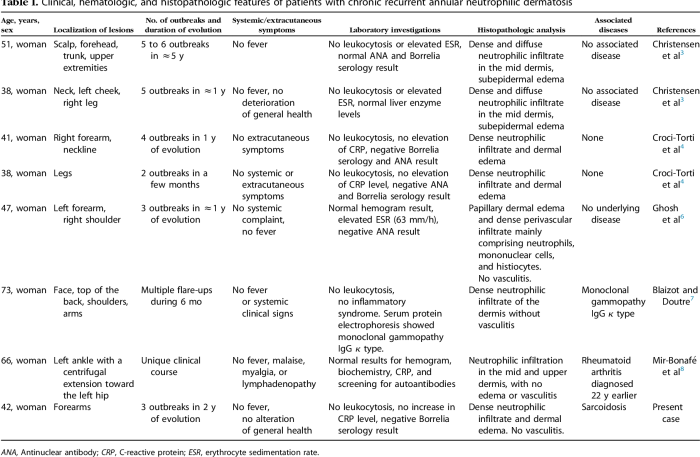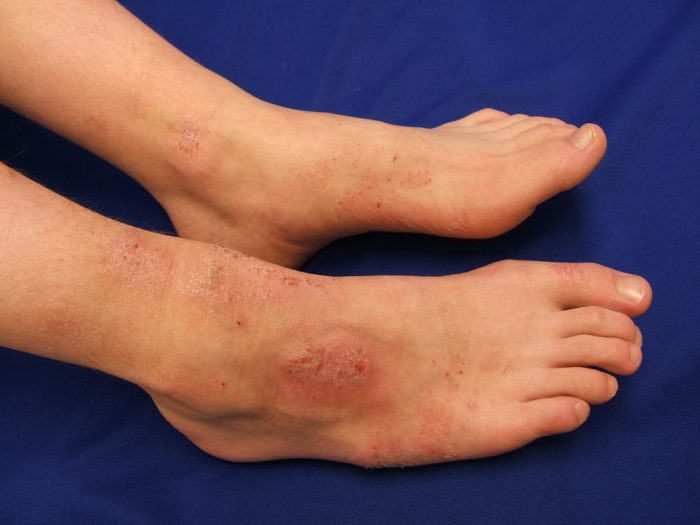Chronic recurrent dermatosis with silvery gray scales is a rare and debilitating skin condition that affects individuals of all ages. This condition is characterized by persistent and recurrent patches of silvery gray scales on the skin, often accompanied by intense itching and discomfort.
The exact cause of chronic recurrent dermatosis with silvery gray scales remains unknown, but it is believed to be linked to a combination of genetic and environmental factors. The condition is often misdiagnosed as other skin conditions, such as psoriasis or eczema, due to its similar symptoms.
Define Chronic Recurrent Dermatosis with Silvery Gray Scales

Chronic recurrent dermatosis with silvery gray scales (CRDS) is a rare skin condition characterized by recurrent episodes of scaling, erythema, and pruritus. The scales are typically silvery-gray in color and may be accompanied by crusting or oozing. CRDS is thought to be an autoimmune disorder, and it is most commonly seen in children and young adults.
Explain the characteristics of the condition
CRDS is characterized by recurrent episodes of scaling, erythema, and pruritus. The scales are typically silvery-gray in color and may be accompanied by crusting or oozing. The lesions are typically located on the scalp, face, and trunk, but they may also occur on other areas of the body.
CRDS can be a very itchy condition, and it can lead to significant discomfort and distress.
Discuss the causes and risk factors
The exact cause of CRDS is unknown, but it is thought to be an autoimmune disorder. This means that the body’s immune system mistakenly attacks the skin, causing inflammation and scaling. CRDS is more common in people with a family history of the condition, and it is also more common in people with certain other autoimmune disorders, such as psoriasis and eczema.
Symptoms and Diagnosis: Chronic Recurrent Dermatosis With Silvery Gray Scales

Describe the common symptoms associated with the condition
The most common symptoms of CRDS are scaling, erythema, and pruritus. The scales are typically silvery-gray in color and may be accompanied by crusting or oozing. The lesions are typically located on the scalp, face, and trunk, but they may also occur on other areas of the body.
CRDS can be a very itchy condition, and it can lead to significant discomfort and distress.
Explain the diagnostic criteria and procedures, Chronic recurrent dermatosis with silvery gray scales
The diagnosis of CRDS is based on the clinical presentation of the patient. There is no specific test that can be used to diagnose CRDS. However, a biopsy of the skin may be performed to rule out other conditions that can cause similar symptoms.
FAQ Insights
What are the symptoms of chronic recurrent dermatosis with silvery gray scales?
The most common symptom is the presence of persistent and recurrent patches of silvery gray scales on the skin. These patches can vary in size and shape and are often accompanied by intense itching and discomfort.
What causes chronic recurrent dermatosis with silvery gray scales?
The exact cause of chronic recurrent dermatosis with silvery gray scales is unknown, but it is believed to be linked to a combination of genetic and environmental factors.
How is chronic recurrent dermatosis with silvery gray scales treated?
There is currently no cure for chronic recurrent dermatosis with silvery gray scales. However, with proper treatment and lifestyle modifications, it is possible to control the symptoms and improve the overall well-being of patients.
